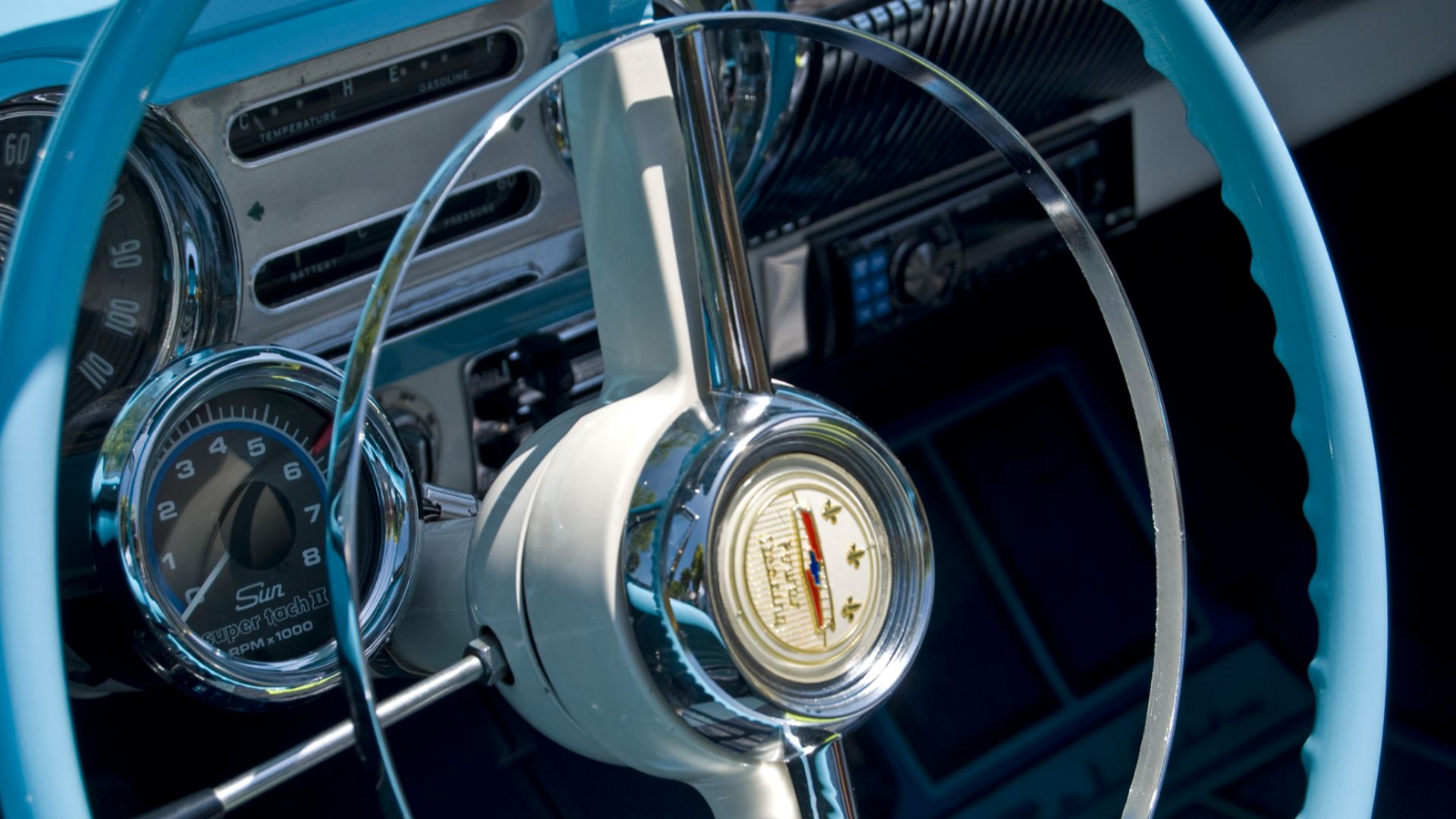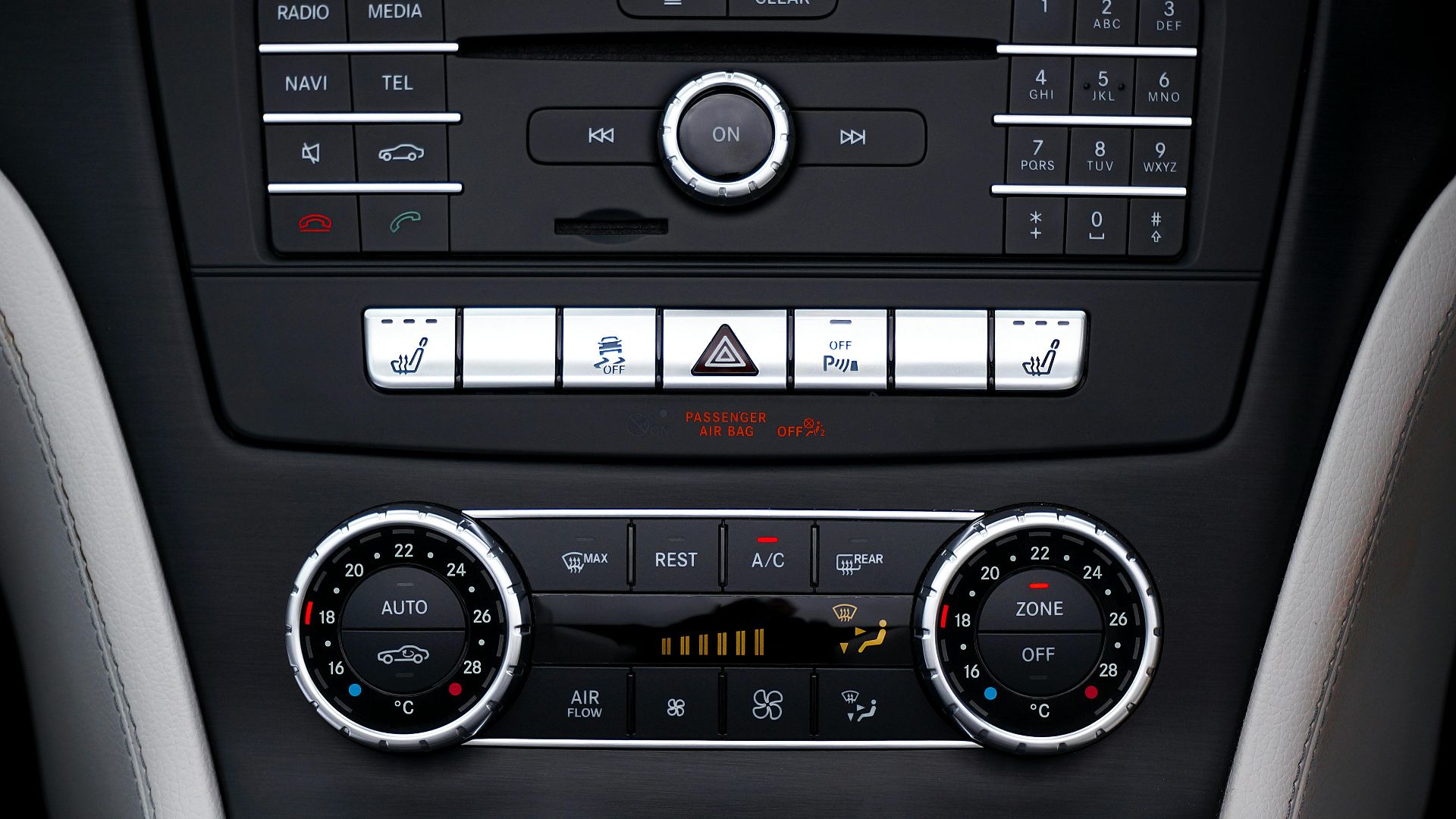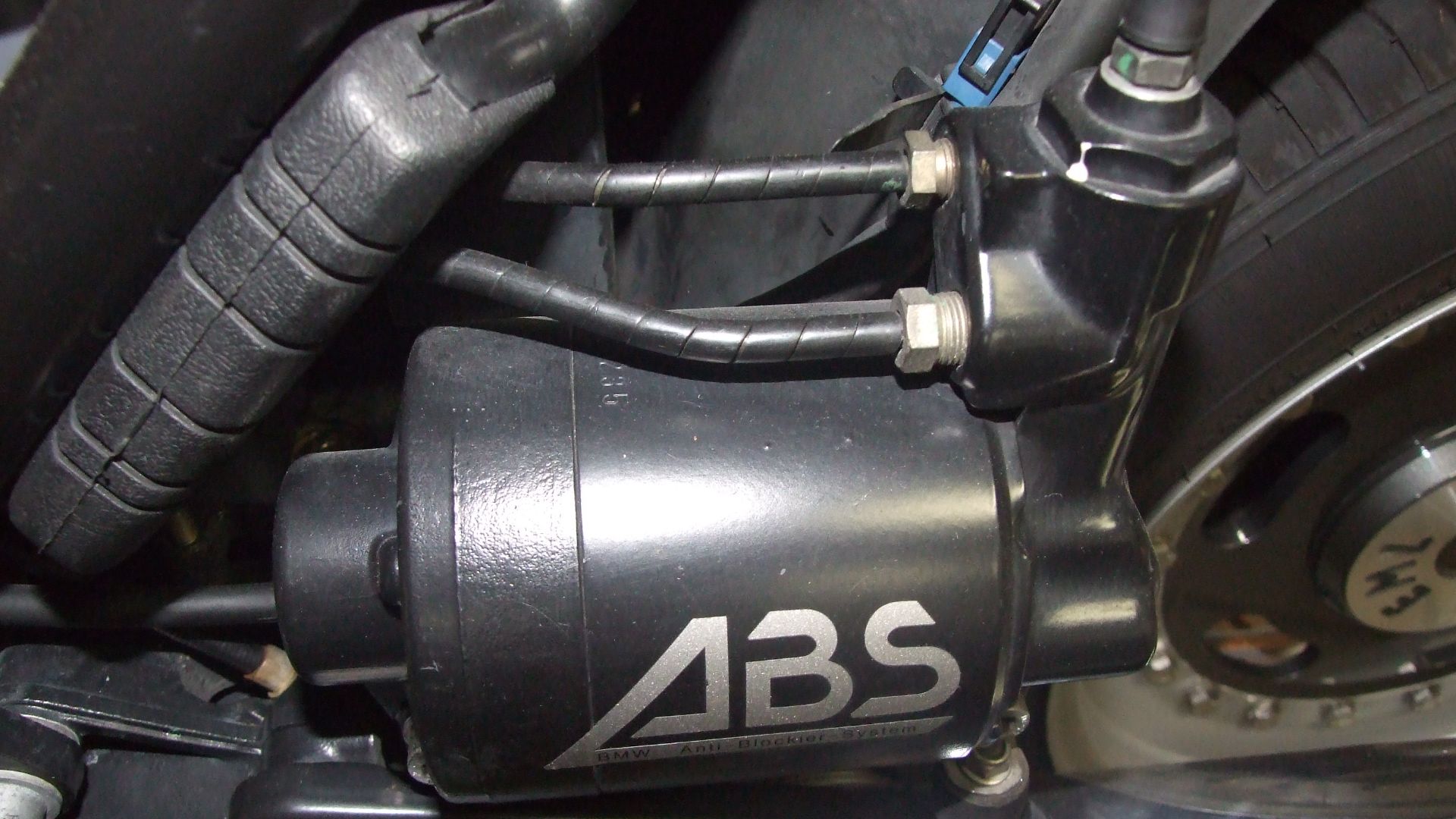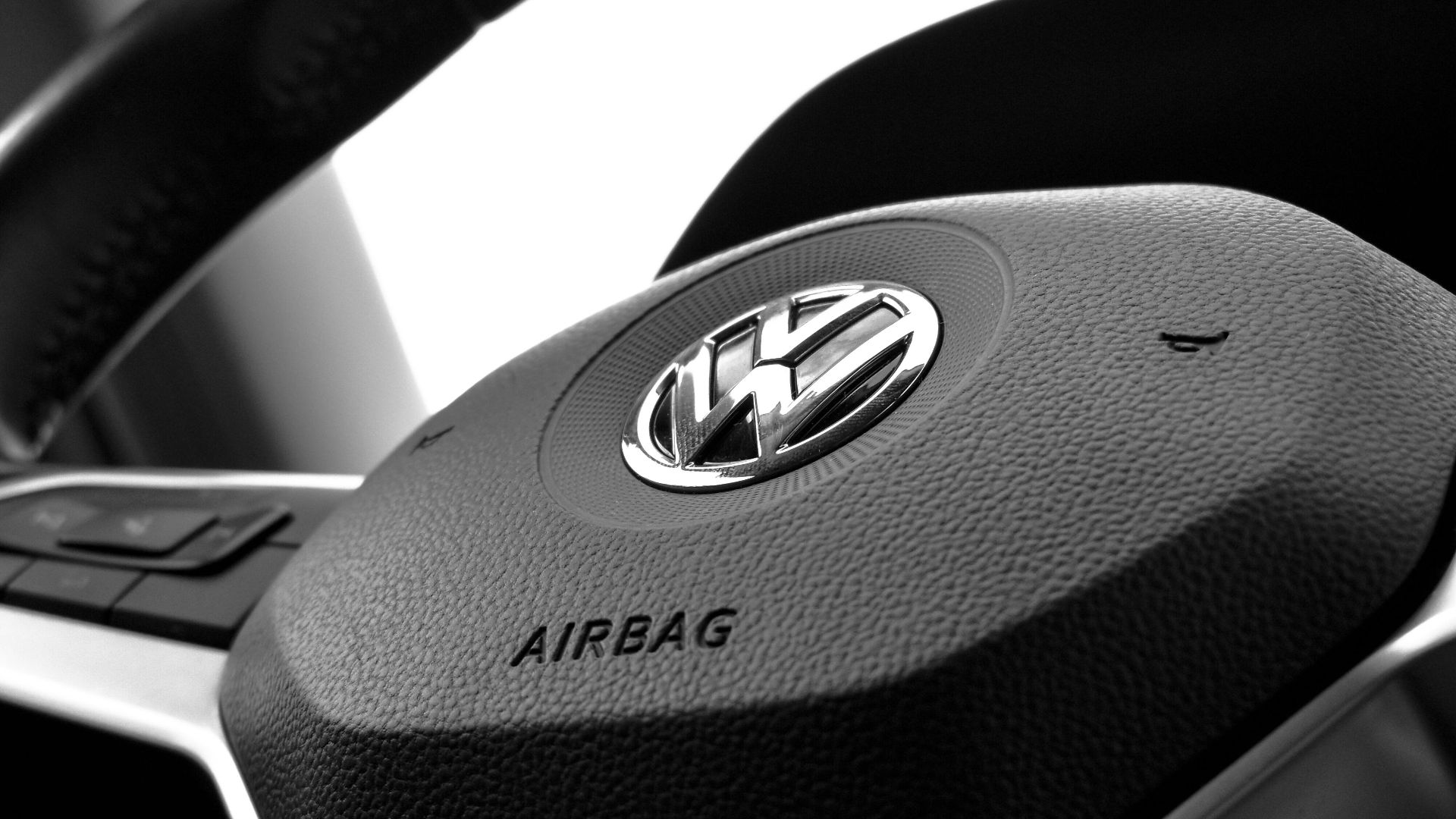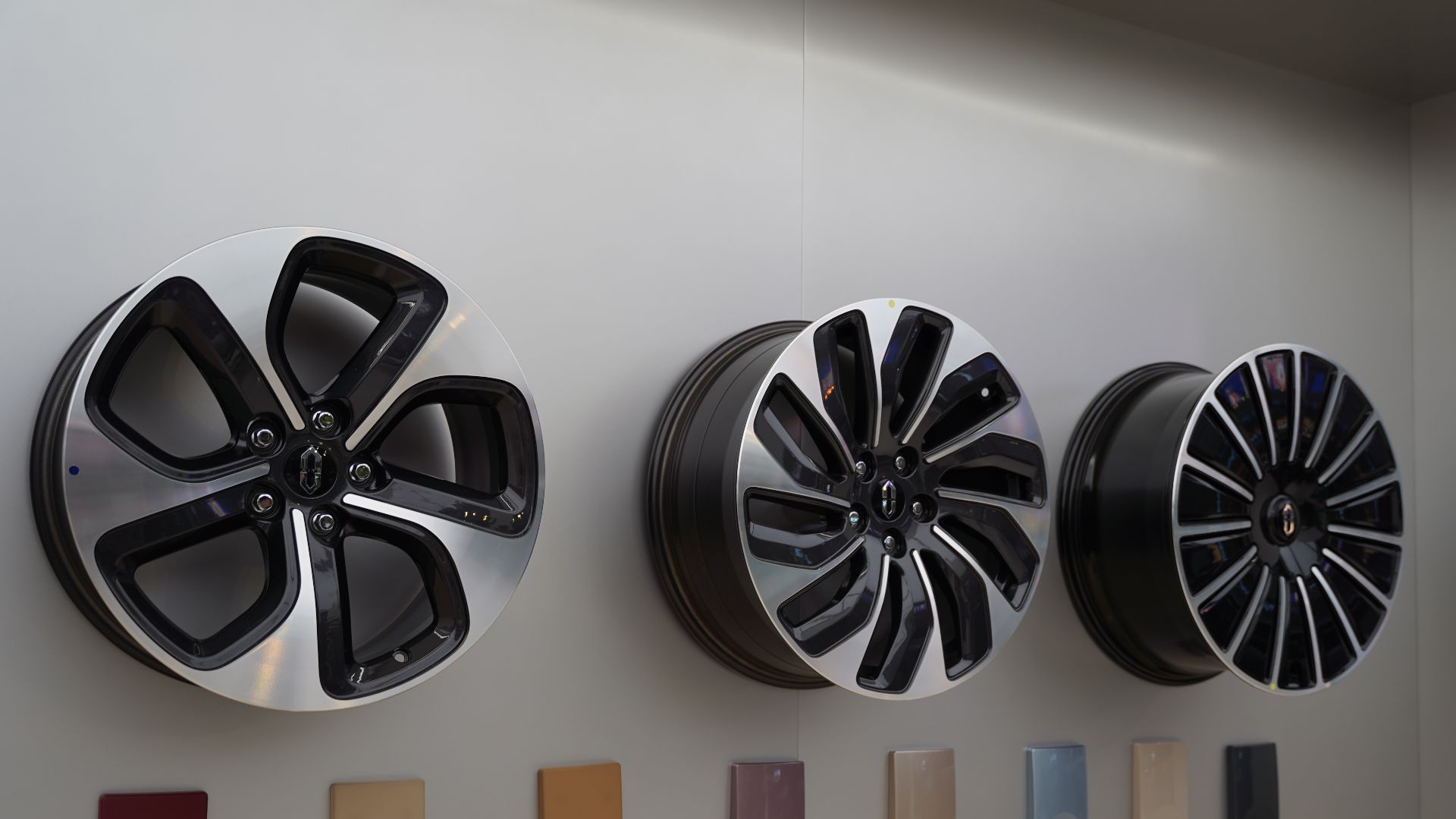Standardized Luxury
Remember when rolling down a window meant using actual arm strength? Or when adjusting your seat felt like solving a puzzle? Cars have come a long way, and so have our expectations. What used to feel impressive now barely earns a nod. Technology keeps raising the bar, and every new feature seems to outshine the last. So, let’s take a look at the 20 standard car features that once felt like the height of luxury.
1. Power Windows
Power windows originated from hydraulic systems designed for military convertible tops before WWII. Packard adapted this advanced technology into its innovative Hydro-Electric system, debuting it in the upscale 1941 Model 180. Over the decades, this once-exclusive innovation became a standard feature across most vehicles.
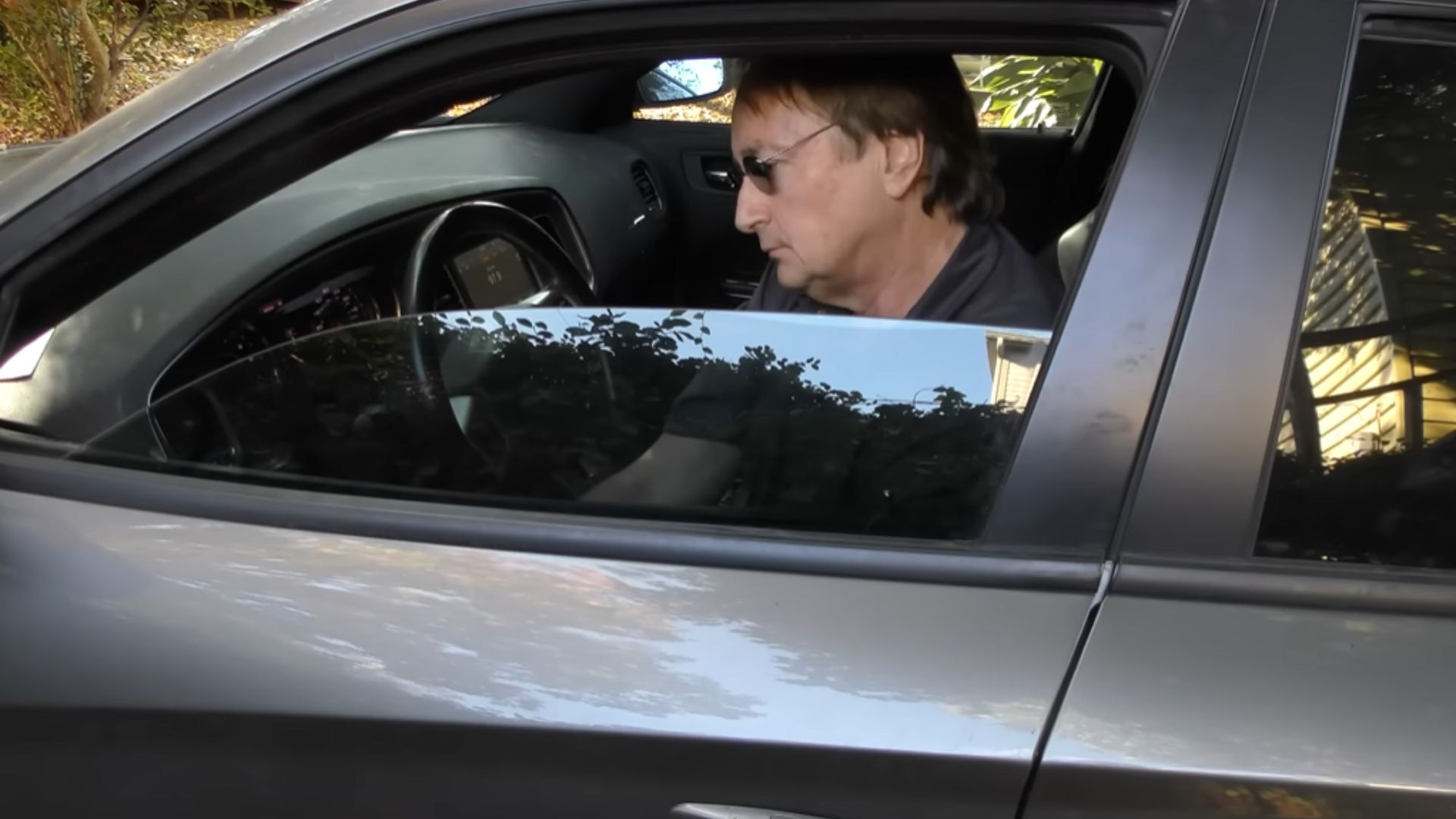 Life Hack That Will Keep Your Power Windows Working Forever by Scotty Kilmer
Life Hack That Will Keep Your Power Windows Working Forever by Scotty Kilmer
2. Power Steering
Today's drivers casually toggle between sport and comfort steering modes, thanks to sophisticated electric power assistance systems. Yet this automotive convenience has quite the family tree, evolving from 1950s hydraulic luxury features all the way back to Francis Davis's 1926 innovation that first conquered the steering wheel's resistance.
3. Cruise Control
Originally called the “Speedostat,” cruise control changed the way people drove by keeping a car’s speed steady without the need for constant pedal pressure. Invented by Ralph Teetor—a visionary engineer who was blind—the system was first introduced commercially by Chrysler in 1958.
4. Heated Seats
Cold-weather driving changed forever when Cadillac introduced heated seats in the 1966 Fleetwood, offering drivers newfound comfort against winter chill. Today’s versions go far beyond warmth, integrating cooling ventilation and even massage functions for ultimate comfort.
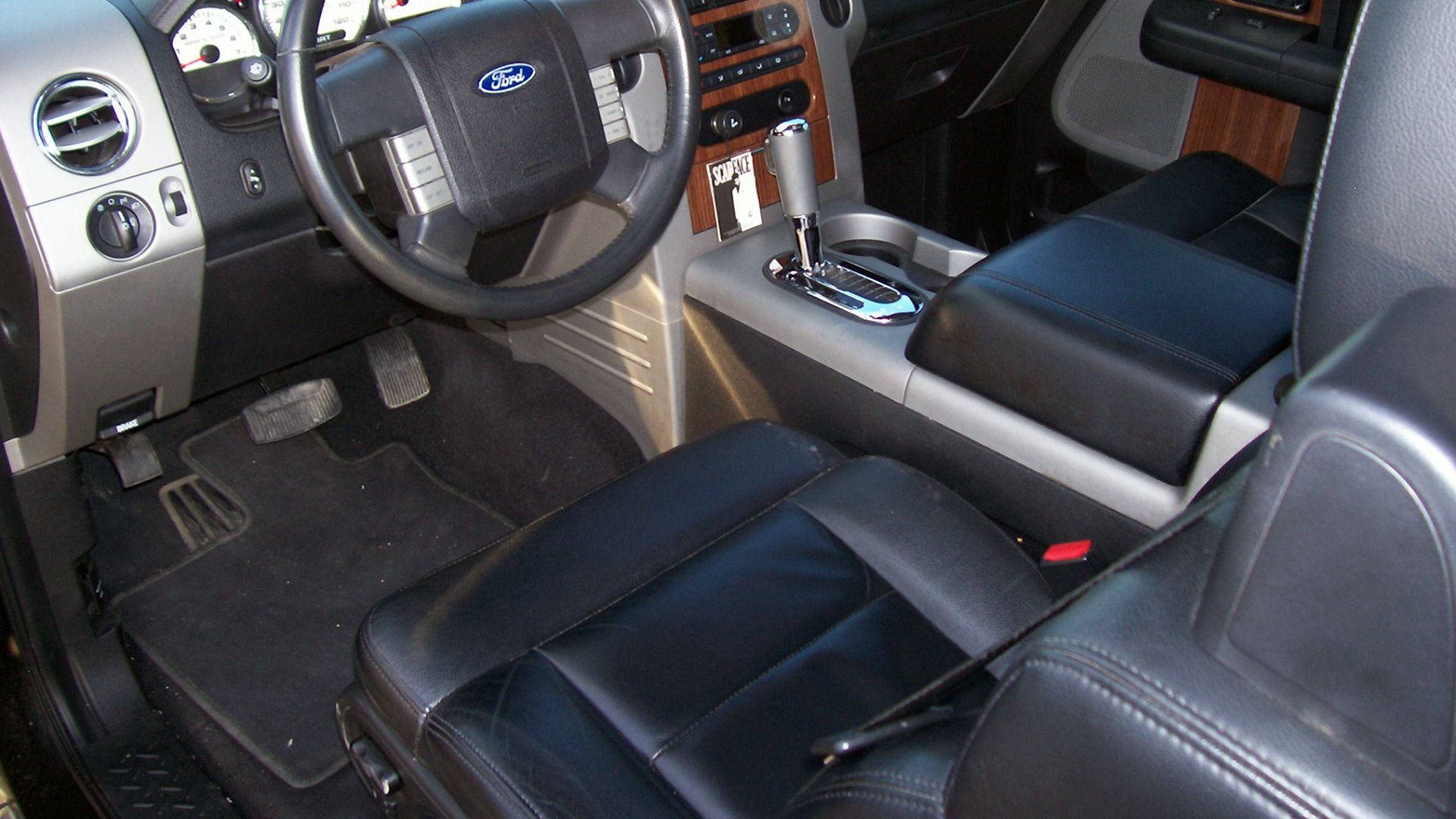 Crystal Foxx from Sacramento, Ca, USA on Wikimedia
Crystal Foxx from Sacramento, Ca, USA on Wikimedia
5. Automatic Climate Control
Before 1964, maintaining comfortable cabin temperatures meant constant manual adjustments until Cadillac revolutionized automotive comfort with "Comfort Control." This automatic climate system used thermostats to self-regulate temperature settings.
6. Keyless Entry
Today’s keyless entry systems sense your fob or smartphone as you approach, unlocking the car without a touch. This convenience evolved from the early infrared and radio-frequency systems introduced in luxury vehicles during the 1980s. Over time, remote unlocking advanced into the effortless, proximity-based access drivers now enjoy.
 How-to Use the Keyless Entry Feature on Your Volkswagen by Miles Continental Volkswagen
How-to Use the Keyless Entry Feature on Your Volkswagen by Miles Continental Volkswagen
7. Push-Button Start
Cadillac first replaced manual cranks with a start button in 1912, marking the dawn of effortless ignition. Decades later, Mercedes-Benz refined the idea with its advanced “Keyless Go” system. And now, push-button start seamlessly integrates with keyless entry.
8. Anti-Lock Braking System (ABS)
When wheels lock during emergency braking, drivers face a terrifying loss of control. The Anti-lock Braking System, first perfected in aircraft applications, emerged as the definitive solution. After debuting in the 1978 Mercedes-Benz S-Class, ABS evolved from a luxury innovation to a mandatory safety feature in numerous countries worldwide.
9. Airbags
Initially designed to protect only the driver, airbags rapidly advanced in both design and coverage. Modern vehicles now feature multiple airbags—often ten or more—including specialized knee, side, and curtain systems for all-around protection.
10. Backup Camera
What began as science fiction on the 1956 Buick Centurion concept car has evolved into an everyday necessity, as backup cameras transitioned from futuristic novelty to mainstream safety technology. Now standard equipment for reducing reverse blind spots, these cameras became mandatory on all new U.S. vehicles by 2018.
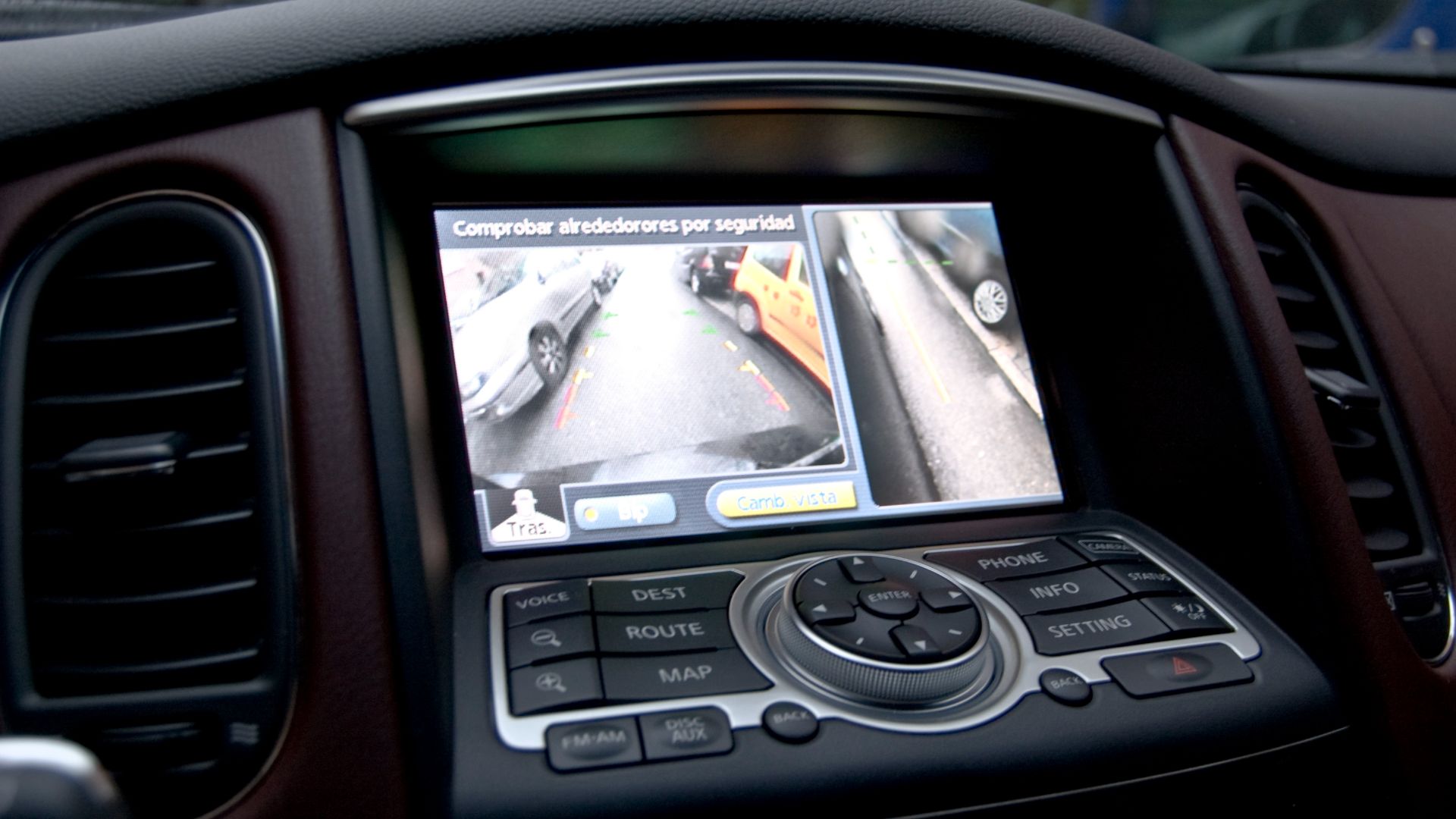 David Villarreal Fernández on Wikimedia
David Villarreal Fernández on Wikimedia
11. Parking Sensors
The familiar beeps and dashboard alerts that help drivers fit into tight spaces rely on advanced ultrasonic and electromagnetic sensors that continuously detect nearby objects. First introduced in the 1980s with Toyota’s Corona Back Sonar system, this once-luxury innovation has become a standard feature.
12. Tire Pressure Monitoring System (TPMS)
This feature alerts drivers when tire pressure reaches unsafe levels. Over time, it has progressed into two main forms—simple systems that activate a warning light and advanced ones that display exact pressure readings for each tire, improving safety and performance awareness.
13. Bluetooth Connectivity
When Chrysler debuted the first automotive Bluetooth system in 1999, wireless connectivity was a premium luxury. The technology's ability to pair phones with infotainment systems proved so valuable that by the mid-2000s, Bluetooth had turned from an exclusive feature into standard equipment.
 Jeffrey Paa Kwesi Opare on Pexels
Jeffrey Paa Kwesi Opare on Pexels
14. Touchscreen Infotainment
The touchscreen era in cars began with the 1986 Buick Riviera, which introduced a color CRT display for basic audio and climate controls. Since that milestone, touchscreens have developed into advanced infotainment centers managing entertainment and comfort.
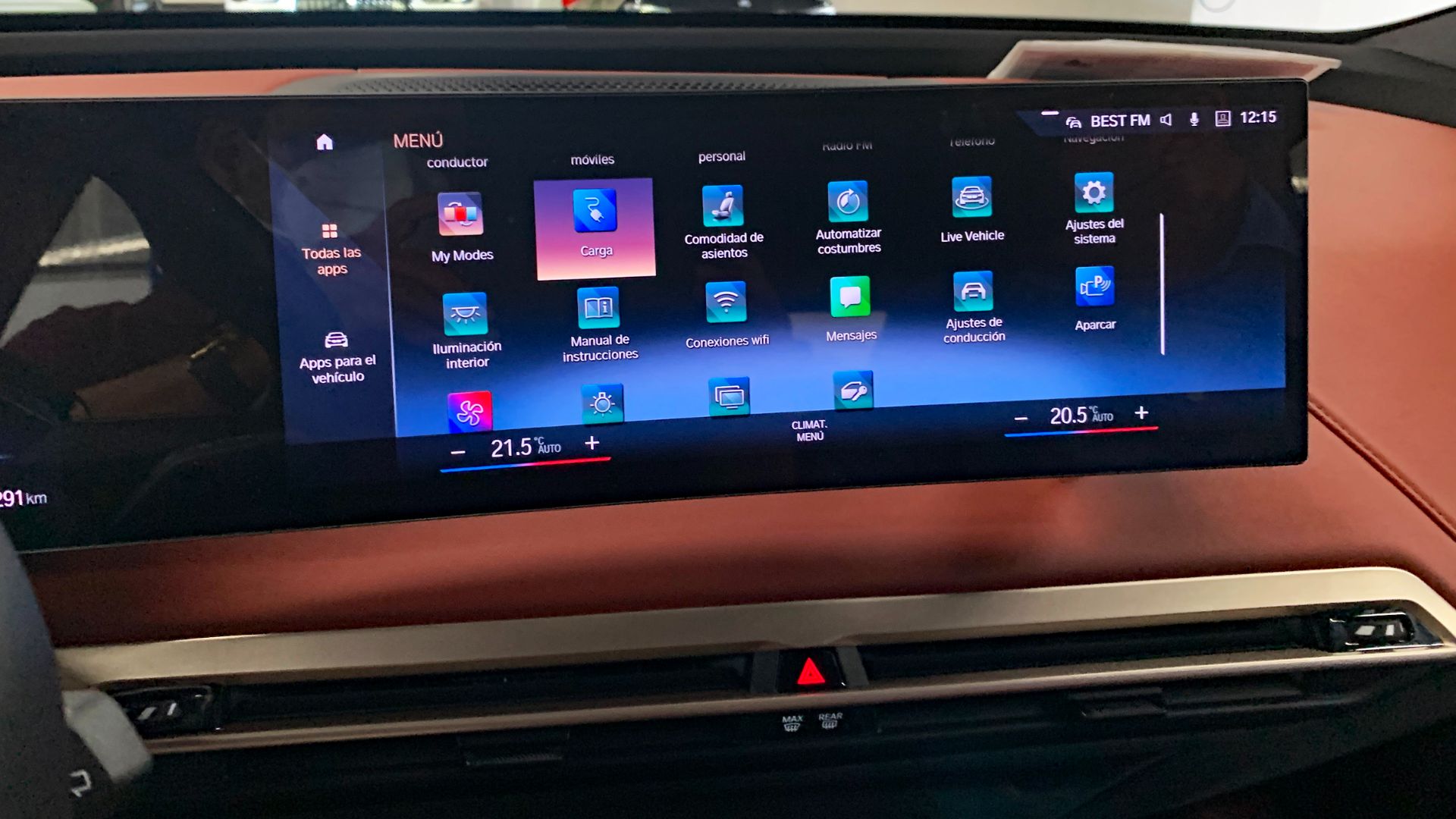 Mariordo (Mario Roberto Durán Ortiz) on Wikimedia
Mariordo (Mario Roberto Durán Ortiz) on Wikimedia
15. LED Headlights
Traditional halogen headlights long struggled with energy inefficiency and limited lifespan until LED technology emerged in production vehicles. Beyond solving these fundamental challenges, LED headlights enabled sophisticated design possibilities, culminating in advanced matrix systems.
 Falcon® Photography from France on Wikimedia
Falcon® Photography from France on Wikimedia
16. Alloy Wheels
Once exclusive to high-end sports and luxury vehicles, alloy wheels have undergone a remarkable change in the automotive industry. Initially prized for their lightweight construction and stylish aesthetics, these performance-enhancing alternatives to steel wheels gradually filtered down to mainstream vehicles.
17. Panoramic Sunroof
Panoramic sunroofs, once reserved for high-end vehicles in the early 2000s, trace their lineage to the sliding-panel designs of the 1920s. After appearing in 1950s concept cars as a futuristic luxury, they’re now a common feature that floods modern cabins with natural light and a spacious, open-sky feel.
 The original uploader was Analogue Kid at English Wikipedia. on Wikimedia
The original uploader was Analogue Kid at English Wikipedia. on Wikimedia
18. Leather Upholstery
The relentless democratization of leather upholstery has sparked an intriguing luxury arms race in automotive interiors. As mainstream vehicles increasingly offer leather seating with sophisticated comfort features, premium manufacturers have strategically elevated their offerings through exclusive materials like semi-aniline and Nappa leather.
19. Automatic Transmission
Before 1940, drivers had to manually shift their cars' gears, but General Motors solved this challenge by introducing the Hydra-Matic, the first mass-produced automatic transmission. This innovation eliminated manual shifting, making driving significantly easier.
20. Rain-Sensing Wipers
Enhanced visibility during rainfall is important for safe driving, and rain-sensing wipers deliver this critical benefit automatically. Using advanced sensors to detect moisture, these systems activate wipers and adjust their speed based on rainfall intensity.



